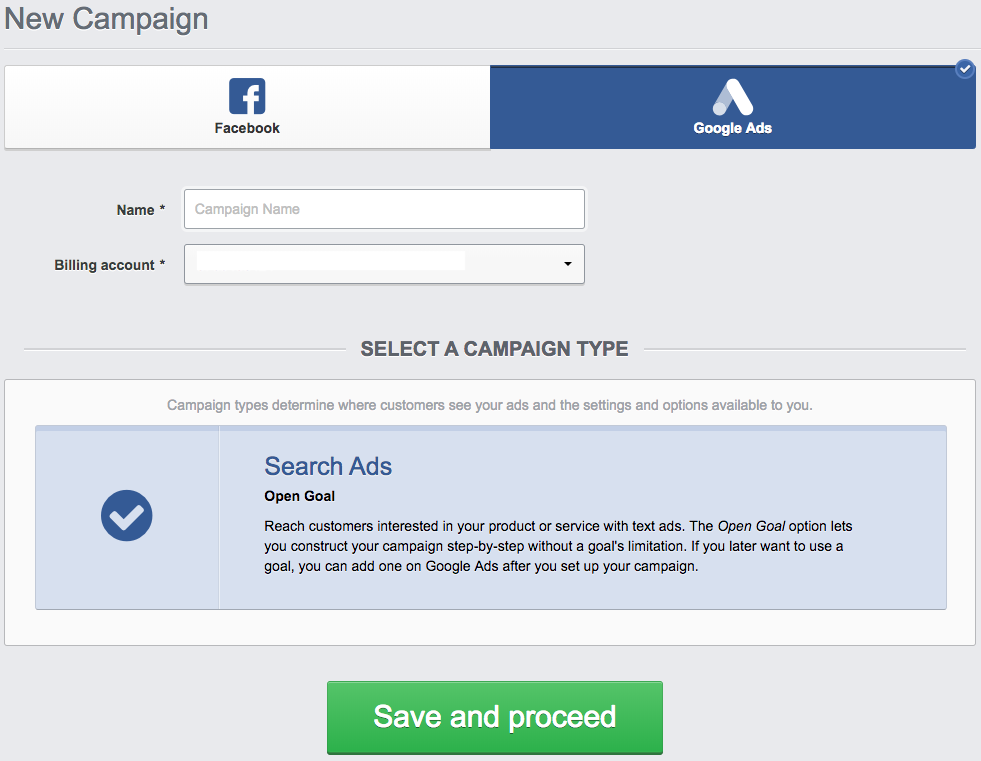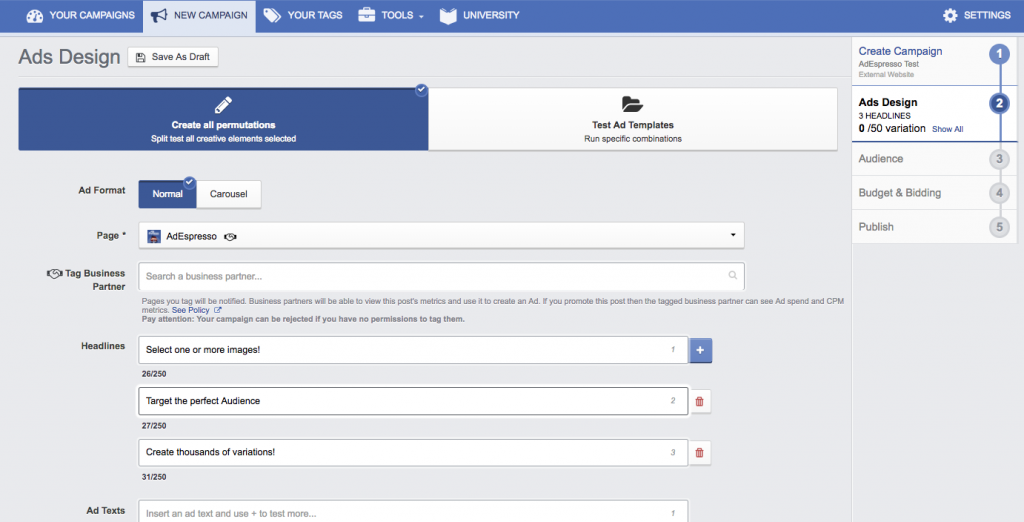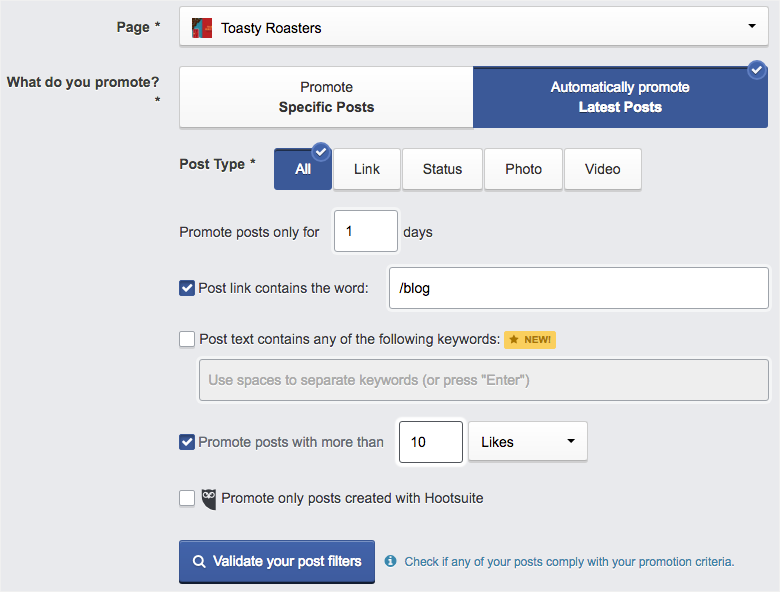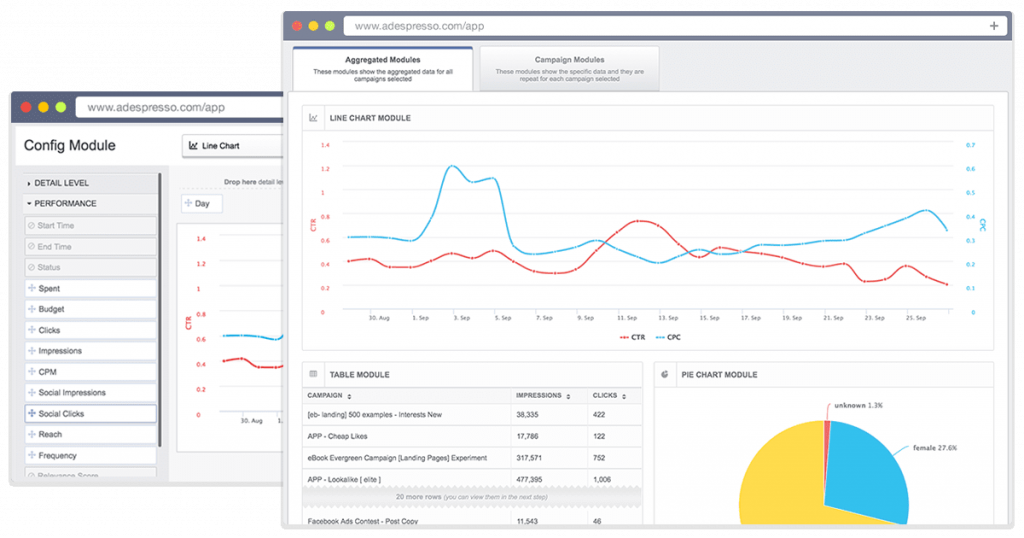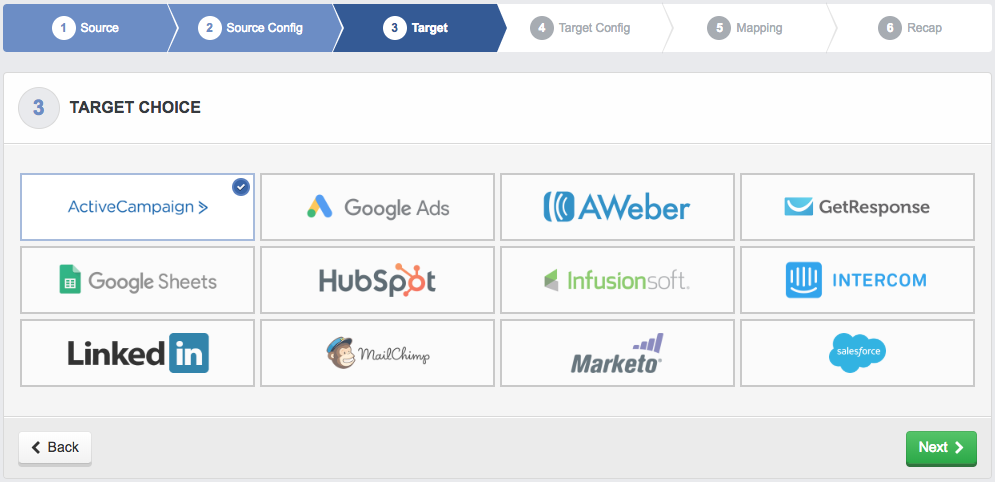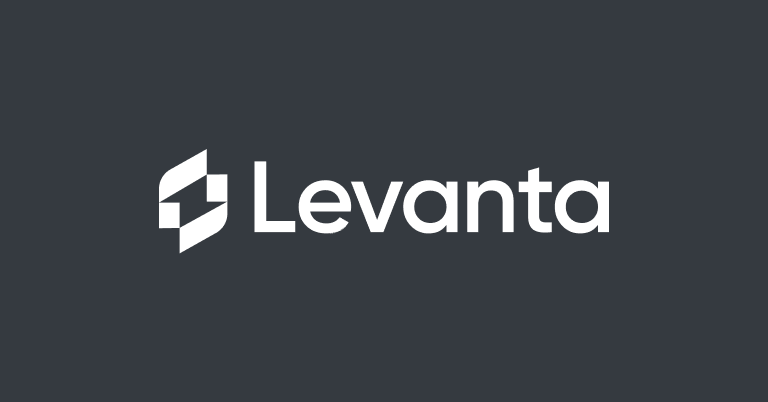
Overview
The story of AdEspresso’s beginnings is one that’s as old as time itself, so long as time began in the early 2000’s. It’s a common situation, though: first, some people with a business idea start running into other problems they hadn’t foreseen and decide they’re the most qualified to solve them. The solution itself turns out to be quite useful, and more in demand than the original business idea, causing a pivot. Successes start piling on top of one another until another, larger company starts piling money on top of everything else until it owns the company. The end.
In this case, “some people with a business idea” were Armando Biondi, Carlo Forghieri, Massimo Chieruzzi, and Pat Matthews—and their business was a web development company. They were chugging along nicely enough, but kept running into headaches when it came to creating, deploying, and managing Facebook ad campaigns for themselves and their clients. They also grew frustrated with the reporting and analytics, finding it nearly impossible to understand what they should be tweaking and optimizing for future campaigns.
The solution turned into a new startup, AdEspresso, in 2013, and it’s entirely possible that this company actually helped Facebook Ads become the powerhouse it is today. That’s because—while FB Ads can be incredibly effective with its hyper targeting at ridiculously low prices—it still requires its users to be knowledgeable marketers to really succeed while using it. AdEspresso’s aim was to make FB Ads accessible to everyone, to automate what processes they could and to educate about everything else. In doing so, they made Facebook’s service a lot more effective, and for a lot more people.
How many people? By 2016, AdEspresso had over 4,000 customers and a $20 million valuation, numbers which became public in advance of Hootsuite’s acquisition of the company, finalized in 2017. It’s an acquisition that made a lot of sense for everyone involved. Hootsuite, with its focus on social media and content marketing, had struggled with its own ads platform prior to acquiring AdEspresso, solving that problem in the process. And AdEspresso’s founders, with their status as people who were Not Wealthy, had struggled with not being millionaires. So, a win for everyone involved.
Today, AdEspresso is still going strong. And while they count among their happy customers such companies as HubSpot, Microsoft, and Teespring (among others), this is very much a tool with small businesses in mind. If you want to get the most out of your ad budget and truly take control of your Facebook, Instagram, and Google Ad campaigns, AdEspresso might be just the pick-me-up you’re looking for.
Pricing
If the mention of AdEspresso customers like HubSpot and Microsoft had you worrying that this is software priced way out of your league, this section of our review should quell any fears. The monthly subscription fees are well within the budget of just about any business.
Regardless of which plan you sign onto, you’ll get access to these features for Facbook, Instagram, and Google campaigns: import of existing campaigns; automated FB post promotion; “Inspector” breakdown; A/B testing analysis; automatic contacts sync for lead campaigns; tag-based reporting; scheduled reports; custom performance triggers; and automatic ad optimization.
Beyond those, each plan breaks down like so:
- Starter, $49/month — All the features listed above for 1 user account to manage an unlimited number of ad accounts, maximum ad spend of $1,000 per month
- Plus, $99/month — Everything as above, plus: custom cross-campaign performance triggers, FB and Instagram multi-page bulk creation, campaign approval, onboarding, up to 15 user accounts, view-only access for team members and clients, white label reporting and collaboration tools
- Enterprise, $259/month — Everything as above, plus: dedicated FB and Google Ads marketing consultant, at least 1 hour of live training and strategy planning per month; unlimited user accounts, mandatory campaign approval, API access, Salesforce contacts sync
The Details
Getting started with AdEspresso works like any other cloud based software integration. You create your AE account, connect your Facebook account, and then select any or all of the ad accounts and Pages that you manage. After spending the 90 seconds it takes to do this, you can get right into creating a new campaign.
Like Facebook Ads, AE’s standard campaign creation tool lets you define the objective of the campaign—are you trying to raise brand awareness? drive sales?—and this will determine the kind of ad you’ll create. To do it this way is simple and straightforward enough—so simple, in fact, that it’s a matter of seconds to set up an A/B testing scenario with alternate texts (or alternate images, or alternate headlines, etc). You can put in as many variations as you like, and AdEspresso will create all the variations for you. This feature becomes even more powerful when used with the aggregated campaign tool.
With aggregated campaigns you can import a CSV file full of variables to create multiple ads at once. Maybe you run multiple e-commerce stores and want similar ads to drive traffic to each site. You’ll create a CSV file with all of the different variables, upload it, and then when you create the ads you can rely on these to determine how each ad will differ. If the text of your ad says “Visit us at {{URL}} today,” and you defined three different URLs in your CSV, AdEspresso goes ahead and creates three different ads, one for each website. You can split test here, as well: create three different sets of copy, and the platform makes three different ads for each URL (so, nine in total). This split testing also works with your targeting parameters, as well, so you’re not just learning about which ads work best, but also which audiences you should be focused on.
If the only thing you could do with the split testing features was to analyze the performance of each one and use that info to improve future campaigns, it would be a great feature. But when you add in AdEspresso’s Automatic Optimization capabilities the platform becomes a game changer. By setting thresholds on your Cost per Action metrics (CPA), AdEspresso can hit the pause button on the ad variants that are underperforming and reallocate that portion of the budget to the ads that are doing well.
Another automation that AdEspresso handles is promoting posts. Having to go through the motions with Facebook Ads every time there’s a post you want to promote can get frustrating, to say the least. When you select a campaign in AE designed to promote a post, you can choose one right then and there, or just give it some criteria that qualifies which posts get promoted. For example, you could specify only posts with the word “Sale” in it, or only posts that get a certain number of likes, or only posts that contain a specific URL. You can set any of these criteria, and then AdEspresso monitors all your latest content as you post them; if one matches your criteria, it will automatically get promoted to a targeted audience you define and within the budget you set.
The ease with which you can create, deploy, and manage your ad campaigns comes down to all these features mentioned above, though these aren’t everything the platform does. There are plenty of other little things it does that make the lives of digital marketers so much easier, like having an included asset manager, so all your advertising collateral lives in a central location. Or you can add tags to campaigns to give you more control over your reporting. This is another highlight of AdEspresso, giving you complete control over the look and feel of reports.
You can use provided templates, or create your own from scratch, and you’ll get metrics on far more than what Facebook offers in its own Ads Manager. FB reports are concerned with CPAs only—how much did you spend per impression, or per click? The FB reporting mainly wants you to know what a good deal you got, like: “Look how little you spent per click! Yay, Facebook!” On the other hand, AdEspresso wants you to know what you want to know: how did these ads impact your business and help you reach your goals. So your reports will contain real achievements, like the sales revenue you generated from your last boosted post pushing a new product. Or how many signups you got from your last ad trying to generate leads.
Integrations
There aren’t many integrations for AdEspresso, though anything can be customized through the API access they give to people on the Enterprise plan. That said, it does support data sync between itself and third party CRMs and marketing tools. This sync can go both ways: pulling contacts in from your CRM can add them into your Facebook audiences to ensure that your current customers are seeing all your ads. But it also goes the other way, pulling names and contact information you receive from a lead generating ad campaign and putting them into your CRM.
You’ll be able to connect AdEspresso with the following platforms for syncing contact data: ActiveCampaign, Aweber, Get Response, Google Ads (sync target only), Google Sheets, HubSpot, InfusionSoft, Intercom, Mailchimp, Marketo, and Salesforce.
Conclusion
Say what you will about Facebook and Google, but they are still highly effective tools for advertising. Small businesses have a reach and precision that was unheard of even 15 years ago. Anyone can set up an e-commerce store and have a nationwide customer base, so you’ve got to figure out a cost effective way to advertise to them. Facebook, Instagram, and Google make that possible, but you’ll need something like AdEspresso to make it easy and automated. And as long as you’re looking for something like AdEspresso, why not just try it out?
Rating
-
Features
-
Ease of Use
-
Reporting
-
Integrations

